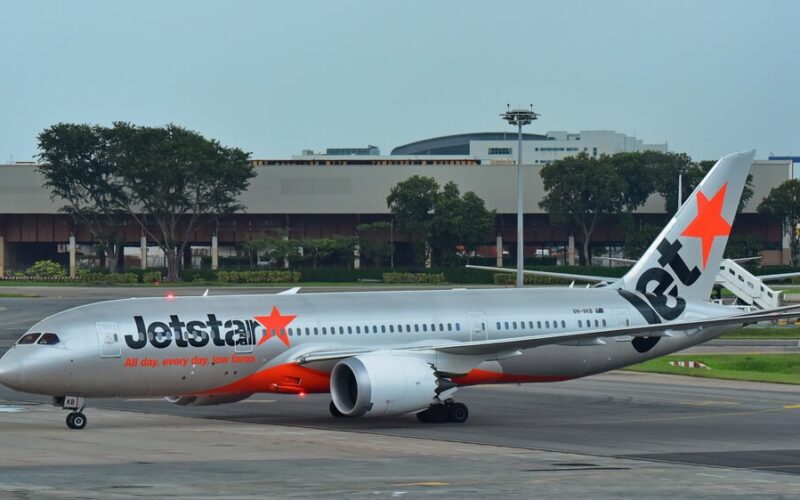Qantas’ low-cost subsidiary Jetstar Airways launched a direct flight between Gold Coast Airport (OOL), Australia and Seoul Incheon International Airport (ICN), South Korea. The flights will be operated with a Boeing 787-8 Dreamliner, configured in a two-class, 335-seat layout (21 business class seats and 314 economy seats). Flying three times per week between one of the most famous Australian holiday destinations and the South Korean capital, the route comes at an interesting time.
Currently, there are limited connections between the two countries. Travelers can choose three direct flight options between Incheon International Airport (ICN) and Australian cities, including the newest connection to the Golden Coast:
Korean Air flies a daily connection between ICN and Brisbane Airport (BNE), fluctuating between the 787 Dreamliner and an Airbus A330;
Asiana Airlines and Korean Air fly daily between Seoul and Sydney. Both airlines use the Airbus A380, with the two airlines’ Superjumbos departing with an hourly difference.
Is the timing right for Australia to South Korea route?
Chief Executive Officer of Jetstar Group, Gareth Evans, noted that the demand between Australia and South Korea is increasing, as the number of Australians traveling to South Korea has increased by 24% in the last five years. In addition, South Korea is the number one country by outbound travel in the Asia Pacific region, states Evans. South Koreans “rank Australia at the top country they want to visit,” he added.
“So it’s great to be able to offer the first direct, low fares service between the two countries to support demand and grow local tourism opportunities.”
However, inbound passenger numbers to Australia from South Korea have been on a downward spiral since September 2018, according to Tourism Australia data. Compared to year-on-year data in 2018, total arrivals from South Korea have decreased by 9.4% in 2019, totaling 275,400 passengers. Outbound travel between the two countries has increased, but remains fairly small, as Australian Federation of Travel Agents (AFTA) latest statistics show: 79,900 Australians traveled to South Korea in July 2019, an increase of 10% compared to the same month in 2018.
Evans hopes that the new low-cost connection will shift the trend further upwards, judging by the airline’s experience in Japan. The number of Australian visitors has doubled since Jetstar first launched flights to the Land of The Rising Sun in 2007.
Nevertheless, the Aussie low-cost carrier is mitigating the risk in two ways. Firstly, the flights between ICN and OOL are codeshared with Jeju Air, a low-cost carrier based in South Korea, further increasing the marketing capability of the route. The South Korean partner is already advertising the route on its website, offering flights from $190 (AUD280).
Secondly, the demand is further boosted due to the fact that flight JQ49 and JQ50 also fly between the Gold Coast and Melbourne (MEL) and Sydney (SYD), Flightradar24.com data shows. For example, as the first flight between OOL and ICN departed on December 8, 2019, the same Boeing 787-8 visited Melbourne beforehand, picking up passengers from the second-largest city in Australia. CEO of Jetstar also pointed out that the airline sees “great demand from customers in Melbourne and Sydney connecting through the Gold Coast,” taking advantage of the carrier’s “low fares.”

